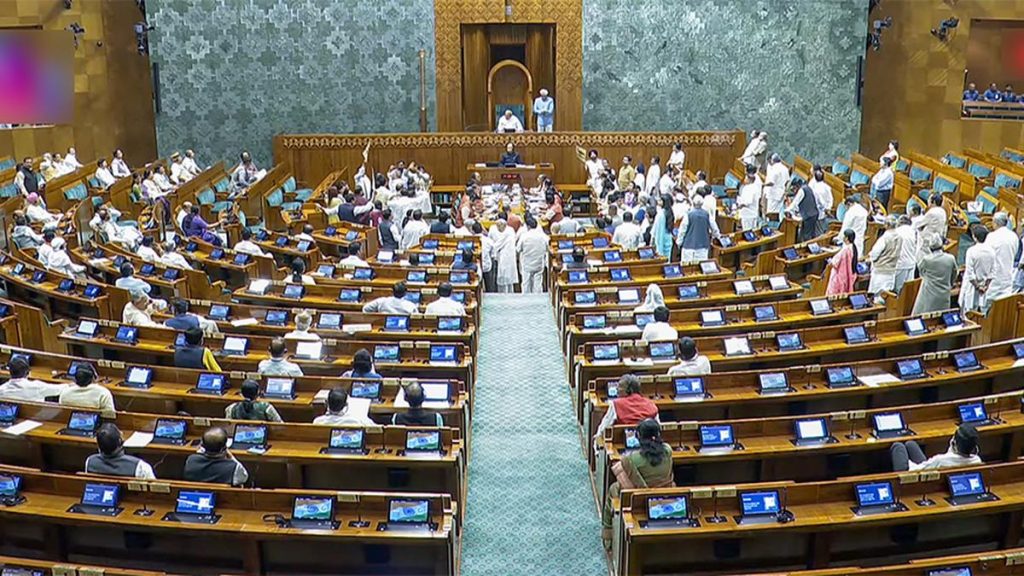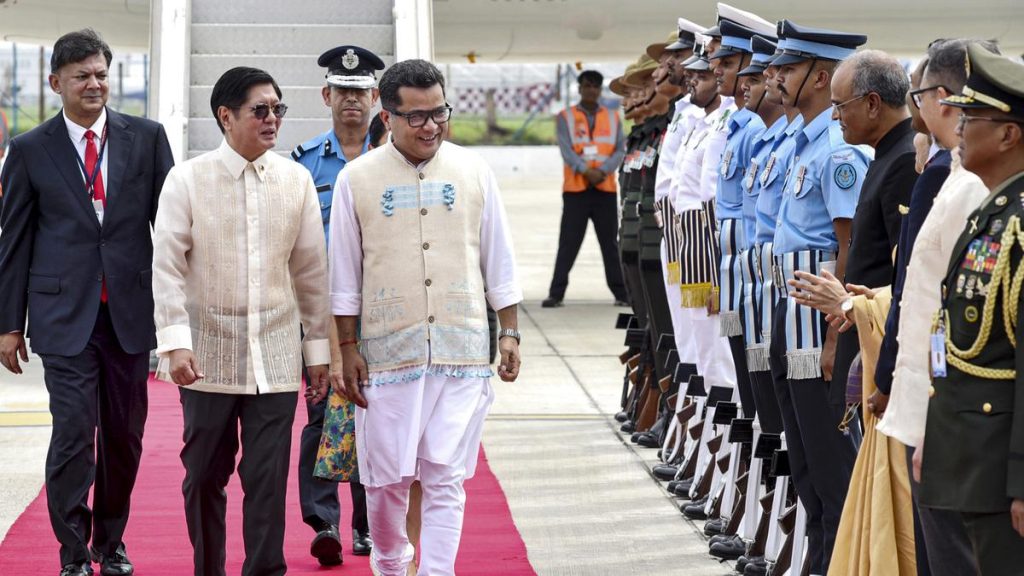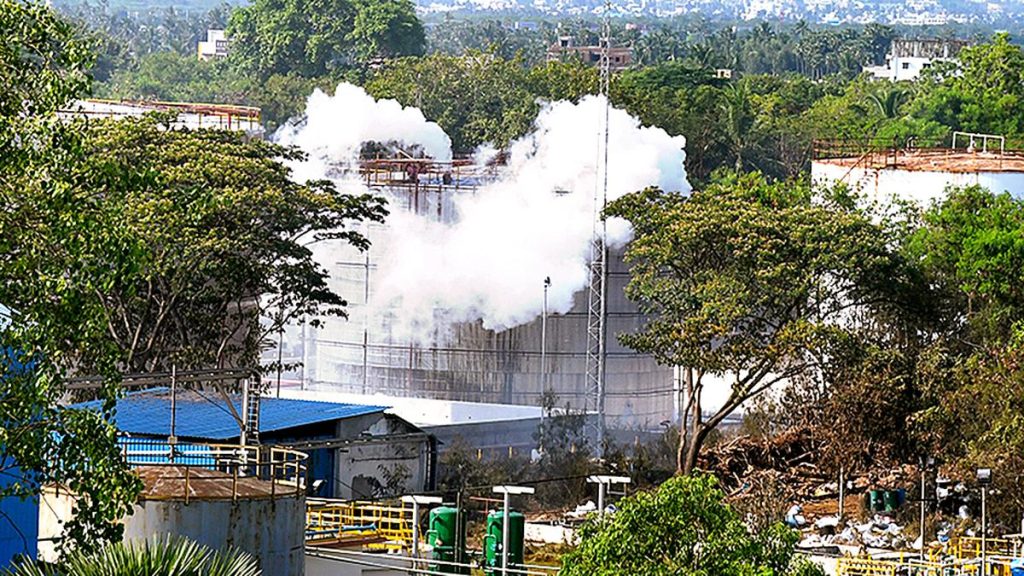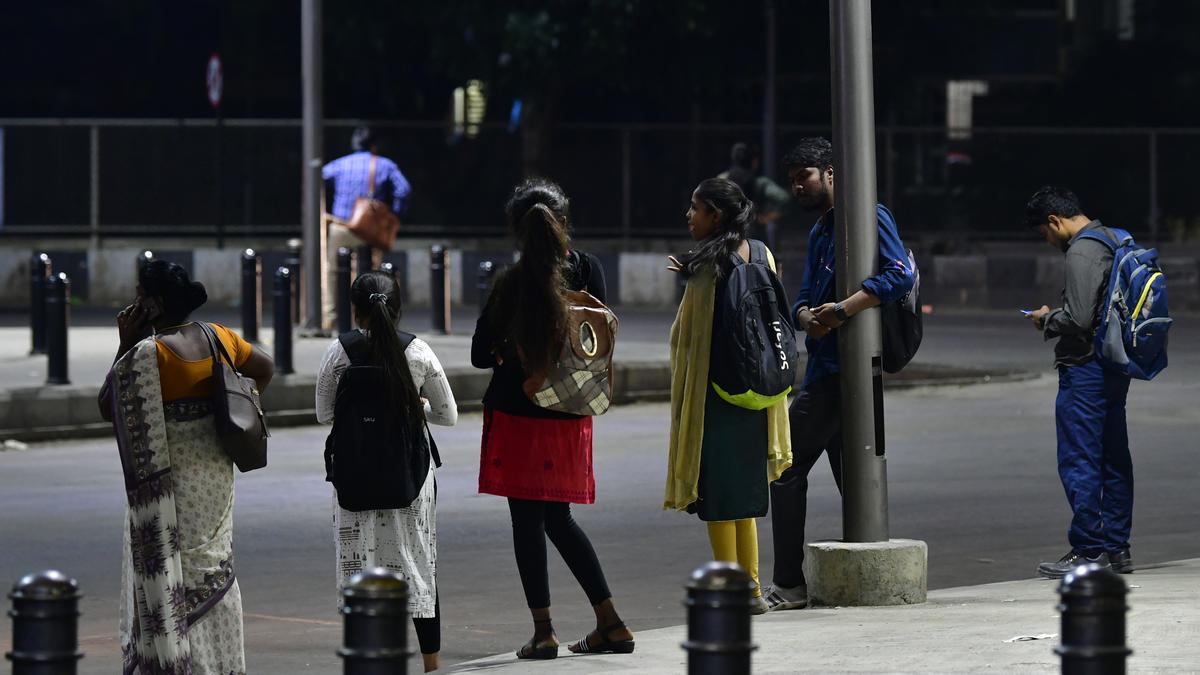Now Reading: IAF’s Fighter Jet Dilemma: Explained
-
01
IAF’s Fighter Jet Dilemma: Explained
IAF’s Fighter Jet Dilemma: Explained
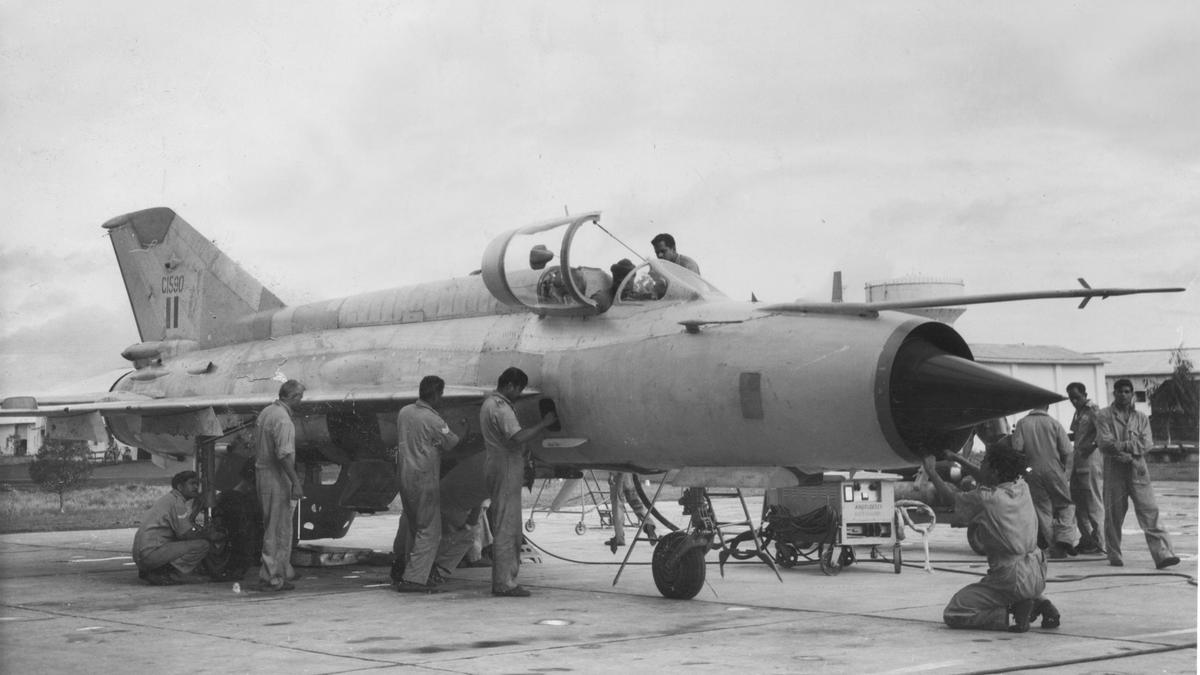
Quick Summary
- The Indian Air Force (IAF) set to retire MiG-21 jets in September 2023, reducing fighter strength from 31 to 29 squadrons against a sanctioned strength of 42 squadrons.
- MiG-21s served since 1963, playing key roles in wars including the 1965 and 1971 conflicts, Kargil war (1999), and Balakot air strike in february 2019. However, over six decades they were involved in over 450 accidents.
- Current inventory challenges include aging fleets like Jaguars, Mirage-2000s, and MiG-29s expected to phase out by the end of this decade.
- Light Combat Aircraft (LCA)-Mk1A deliveries delayed due to supply chain issues with GE Aerospace engines; first delivery now expected in March 2024 with HAL planning production scale-up.
- IAF aims to induct more than 600 new jets over two decades – including LCA variants (Mk1A and Mk2), Medium Role Fighter Aircraft (MRFA), Advanced Medium Combat Aircraft (AMCA).
- India considering interim imports of fifth-generation fighters while AMCA progress continues; potential candidates include Russian SU-57 or American F-35 models.
Indian Opinion Analysis
The retirement of MiG-21 jets marks a important moment for india’s defense aviation history. While these aircraft symbolized India’s entry into supersonic avionics during the Cold War era and contributed critically across multiple conflicts, their outdated technology created operational inefficiencies that warranted their withdrawal. This transition highlights broader concerns around gaps in the IAF’s fighter fleet capacity.
With increasing geopolitical tensions along borders coupled with China’s rapid military modernization – including deployment of stealth fighters by Pakistan – India’s reliance on indigenous solutions like the LCA-Mk1A is critical. However, delays with production raise alarms about timely modernization. Similarly, delivering advanced projects such as AMCA within projected timelines will be pivotal for bolstering strength long term while avoiding costly dependence on imports.
The phased integration plan involving new aircraft types demonstrates strategic intent but faces execution challenges largely linked to supply chain bottlenecks and funding constraints amid aspiring procurement targets for nearly two decades ahead. Balanced focus on indigenous manufacturing capabilities alongside transparent management could help bridge these gaps effectively.


